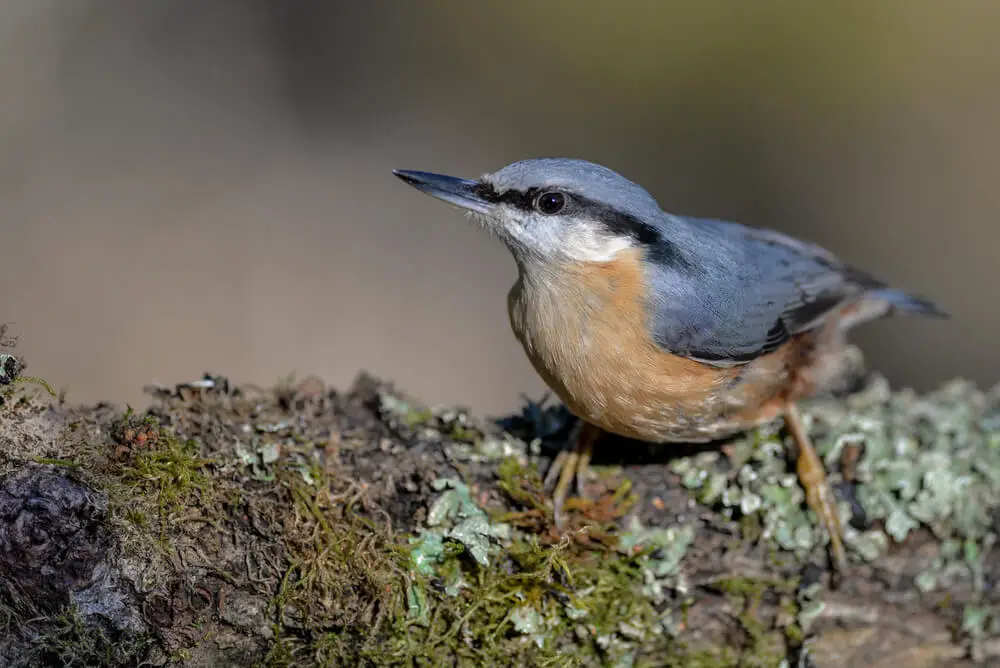Whenever I spot a bird that I haven’t seen in a while, I always wonder if it’s because its population is decreasing. It happened the other day when a nuthatch sat among one of my clematis plants, singing merrily away.
I know that numbers of many songbirds are suffering, are nuthatches in decline too?

Nuthatches are rotund little birds with a pinky buff breast and a zorro-like mask across their eyes, making them easy to identify. They are bigger than robins, smaller than blackbirds, and prevalent in broadleaf woodland, where they build their nests in and dine on the fruit of the oak and all its resident insect life.
They are also regular visitors to farms, parks, towns, and gardens.
Their population is very healthy and has grown by around 250% since the great decline in the 1970s.
Reasons why the nuthatch population is thriving
Nuthatches have Green Conservation Status, which means they are of no cause for concern.
There are currently around 220,000 nuthatch territories across England, Wales, and the south of Scotland. There has never been a nuthatch sighting in Ireland.
- The nuthatch is a cavity nester and settles in trees loaded with food supplies. They scuttle up and head-first down tree trunks using their well-adapted, strong beaks to suck larvae, aphids, and insects from beneath the bark.
- They cleverly cache food such as peanuts, acorns, and beech mast in tree crevices. When temperatures drop and other birds are struggling for food, the nuthatch has a ready-made supply.
- Nuthatches are very confidant feeding station users. They might not be the biggest bird in town, but they are one of the most fearless; they bully starlings away with ease and dominate bird tables.
- When large scale tree-felling threatens their natural habitat, nuthatches use nesting boxes in gardens or holes in outbuildings and other man-made structures.
- Nuthatches rarely move more than 1km from their birthplace. They are aware of their surroundings and alert to any type of threat from animal or human predators.
- They rarely build their own nest, preferring to use one abandoned by a woodpecker. This frees up time and energy that is better spent foraging for food or storing it for autumn and winter.
- Cavity nesting birds are safer from predation, especially nuthatches. They pack the entrance hole of their nest with mud making it too small for predators to breach. This results in higher success rates of their broods. They have 4-9 eggs, once or twice per breeding season.
- Milder Scottish winters encourage the nuthatch population further north.
Final thoughts
It’s good to know that nuthatches aren’t in decline, as I love seeing them on my feeding table. We British folk are famed for our love of the underdog. It always puts a smile on my face seeing a nuthatch squabbling with a wood pigeon or starling – even better when they invariably win!
